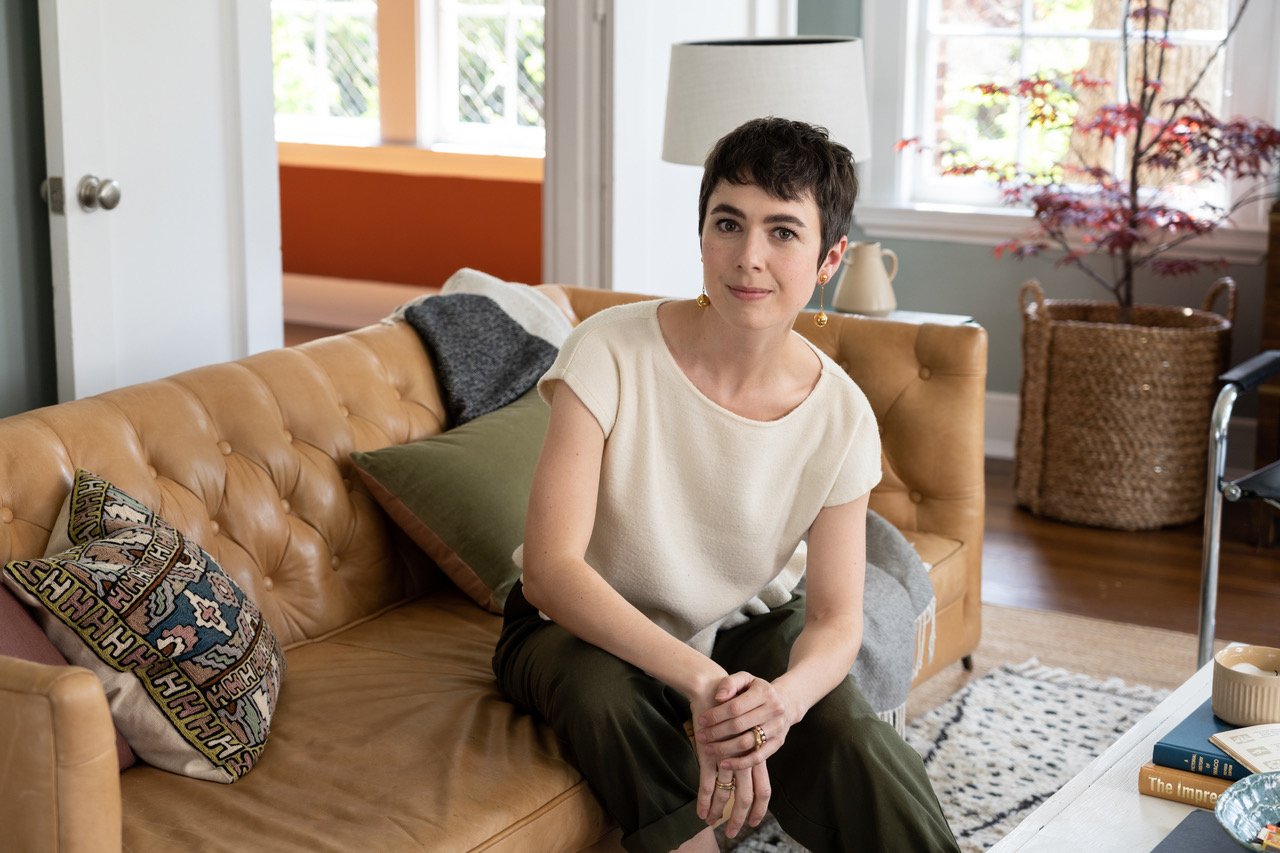10 Tips to Art Direct Your Photoshoot
Practical tips from a conversation with Hilary Walker on how to art direct your next interior photoshoot with intention and clarity.
Art direction isn’t just about making something look good—it’s about creating clarity and cohesion. During my recent webinar, How to Art Direct Your Photoshoot, I sat down with Hilary Walker, Creative Director and Stylist formerly with Magnolia, to unpack what it really takes to craft an intentional visual story.
In this blog post, I'll share 10 key takeaways from our conversation—actionable advice for interior designers who want to confidently art direct their next photoshoot. Whether you're a seasoned pro or just getting started, these tips will help you ensure your photos not only look amazing but tell a compelling, cohesive story.
1. Define the End Use Before You Shoot
Hilary’s tip: Start with the end in mind.
Before creating a shot list or booking your photographer, decide how you’ll use the images—will they live on your website, social media, or be pitched to an editorial publication? This decision influences everything, from orientation (horizontal vs. vertical) to the type of storytelling each image needs. Defining the end goal will give your photoshoot clarity and purpose right from the start.
2. Build a Visual North Star
Mood boards are more than just inspiration—they’re your roadmap.
Hilary suggests gathering images that reflect your brand’s overall tone—whether it’s moody and intimate or bright and editorial. A well-curated mood board keeps your creative team aligned, helping ensure that every shot feels cohesive and connected to the broader vision.
3. Treat Each Project Like a Campaign
Think beyond documenting the space—craft a story.
Commercial brands approach every photoshoot with a clear narrative, and interior designers should do the same. Instead of just capturing a finished room, think about the lifestyle, message, or emotion you want the imagery to convey. Are you showing a serene, calm environment or an energizing, vibrant space? Each shot should serve the overall story you’re telling.
4. Collaboration Is the Secret Ingredient
Great photoshoots are a team effort.
Some of the best shoots I’ve been part of happen when the designer, stylist, and photographer collaborate early in the process. Hilary recommends clearly defining each person’s role to avoid creative power struggles. Think of it like a magazine editorial—where the designer holds the big-picture vision, and the stylist and photographer execute it beautifully.
5. Know Your Shot List (But Keep It Simple)
A great shot list is intentional, not exhaustive.
Hilary advises keeping the shot list clear and manageable. Break it down by room, prioritizing essential angles:
Wide shot (hero view)
Mid-range (key vignette or built-in)
Detail shot (texture, material, or craftsmanship)
If you’re shooting over multiple days, plan the shots by lighting conditions and the natural flow of the day to maintain pacing and visual consistency.
Want to make your shot list even easier? I’ve created a downloadable template to help you get organized and stay intentional with every shot.
👉 Download the Shot List Template here
6. Style for the Story, Not for the Showroom
Good styling adds authenticity, not distractions.
Styling should feel natural and lived-in. Think organic—like a few branches in a vase or an open book on a side table—rather than stiff, over-styled elements. Subtlety is key. The art of styling is all about impact without making the space feel forced or contrived.
7. Prep Like a Pro
Great imagery requires thoughtful preparation.
Hilary reminds us that successful photoshoots are never effortless. Take the time to walk through the space with your photographer, discuss potential lighting changes, and finalize props ahead of time. Most of the magic happens before the shoot even begins, so good prep ensures the creative team can focus on the art of execution.
8. Balance Creative Control with Trust
As a designer, it’s important to trust your team’s expertise.
While designers are the guardians of the overall vision, art direction requires collaboration. Your stylist understands proportion, your photographer understands light, and together, you’ll bring the vision to life. Trusting the strengths of your creative team elevates the work and ensures the shoot feels effortless.
9. Keep It Real (and Subtle)
Authenticity is key.
We joked about the infamous "tray-on-the-bed" trend, which has become a bit of a cliché. The point? Overly staged props can detract from the authenticity of a space. Instead, go for subtle, real-life details—like a pair of reading glasses or a half-open book—these small moments tell a much richer, more genuine story.
10. In This Digital Age: Can AI Replace Art Direction?
Will AI replace human creativity in art direction?
We had to ask the tough question—can AI truly replace art direction, especially in interior photoshoots? With AI's ability to generate entire rooms and lighting simulations, it’s a valid concern. However, as Hilary and I discussed, great art direction is about vision, not just visuals. While AI can help with efficiency, it can't replace the human ability to sense atmosphere, feel the rhythm of a space, or understand the emotional connection between design and the viewer.
In an era of digital speed and virtual perfection, authenticity has become the true luxury. Art direction is about intuition, collaboration, and crafting a narrative that resonates with real people.
Art direction isn’t about perfection—it’s about intentionality. Every lighting choice, prop, and angle should serve the story you’re telling about your brand. Whether you’re pitching to publications or refreshing your portfolio, clarity and cohesion in your visuals will bring confidence to your creative work. Keep the focus on authenticity and storytelling, and your photos will speak volumes.
If you missed the How to Art Direct Your Photoshoot webinar series, here’s your chance to catch up! Watch the full webinar where Hilary Walker and I dive deeper into these art direction tips and share exclusive behind-the-scenes insights. Don’t miss out on the full conversation!

